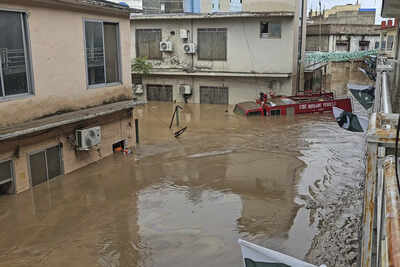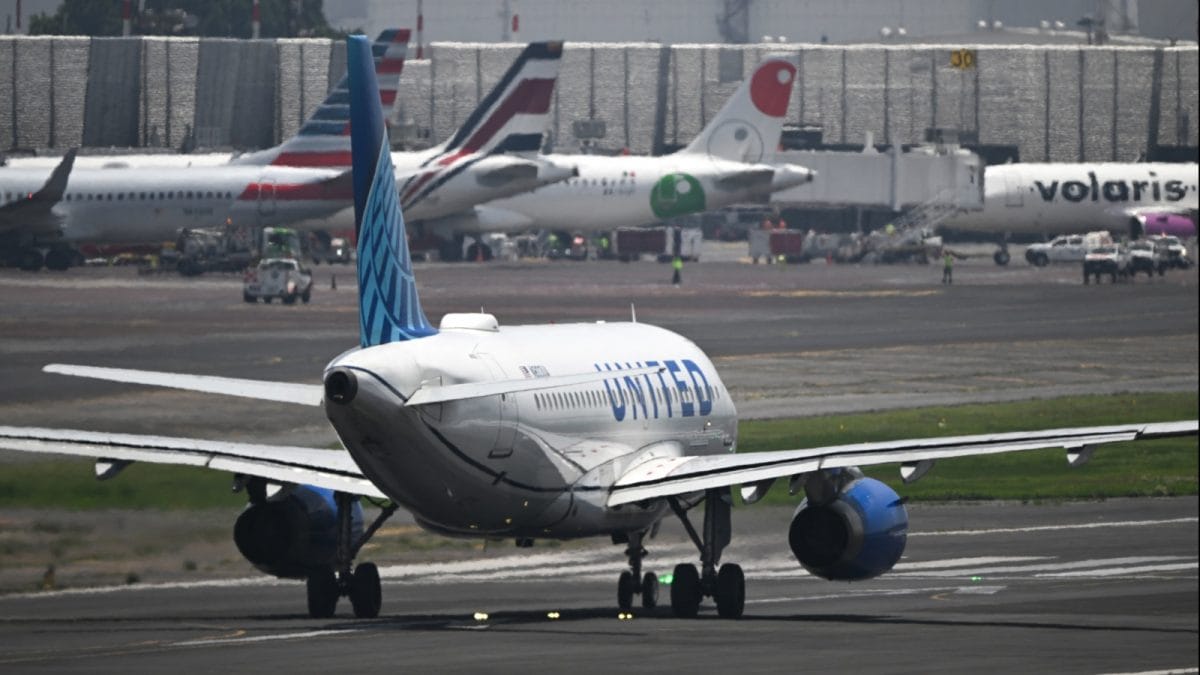ARTICLE AD BOX

A firefighting department vehicle submerged in a floodwater following flash flooding due to heavy rains in the neighbourhood of Mingora, the main town of Swat Valley, northwestern Pakistan, Friday, Aug. 15, 2025. (AP Photo/Sherin Zada)
PESHAWAR: The death toll in north Pakistan’s flash floods and landslides crossed 350 on Saturday, with one resident in worst-hit Khyber Pakhtunkhwa’s Buner saying the torrents “came like fire”.The devastation, caused by heavy monsoon rains, came without warning. Villagers in Buner said it wasn’t rainwater but a wall of mud and boulders crashing down the mountains. “It felt as if the sky broke apart. We had no chance to run,” said Gul Zarin, a shopkeeper who lost his brother.Buner alone accounted for over 200 fatalities. Dozens were still missing. Neighbouring districts -- Swat, Bajaur, Dir, Shangla, Mansehra, and Kohistan -- were left in ruins as swollen rivers swept away homes, bridges, and police outposts.
For many Pakistanis, the scenes recall the 2022 disaster that killed over 1,700 people and submerged a third of the country.Met department warned of more rain till Aug 21 in the region, with cloudbursts and glacial lake outbursts still a danger. Relief operations remain hampered by broken roads and washed-away bridges.Even rescuers were not spared. A govt helicopter ferrying relief supplies to Bajaur crashed in heavy rain, killing all five on board, including two pilots.
One had messaged his wife earlier in the day: “Don’t worry, I’ll be back tonight.”For survivors, the destruction is personal. In Pir Baba, a mother sat on the rubble of her home, holding a sodden schoolbag. “This is all I found of my son,” she whispered. The nine-year-old, who dreamed of becoming a teacher, was washed away with hundreds of others.In Shangla, villagers dug with bare hands to retrieve the dead. “We buried them ourselves.
“There was no one else to help,” said a teenage boy, his face streaked with dust.The floods are now pushing south. Rising waters in Swabi and Mardan threaten to spill into the Indus plains. Farmers have begun moving cattle and bedding to higher ground. “We can see the river swelling every hour. If it breaks, we will lose everything,” said one farmer.Although the fury reminded many of the 2022 floods, this year’s devastation has been swifter and more violent.
Scientists warn that a warming atmosphere is turning each monsoon into a greater threat.The grief, however, is not Pakistan’s alone. The same rivers and monsoon systems bind South Asia. “Maybe people across the border heard this thunder too. It was the sound of our lives breaking,” said a resident of Dir.Beyond statistics, a survivor’s words revealed the raw truth: “We were not warned -- only buried. The state comes too late, the water too fast. Our children’s future is drowning with us.” This monsoon has left Pakistan with a stark reminder: climate reckoning respects no borders.



.png)
.png)
.png)
















 1 hour ago
4
1 hour ago
4









 English (US) ·
English (US) ·